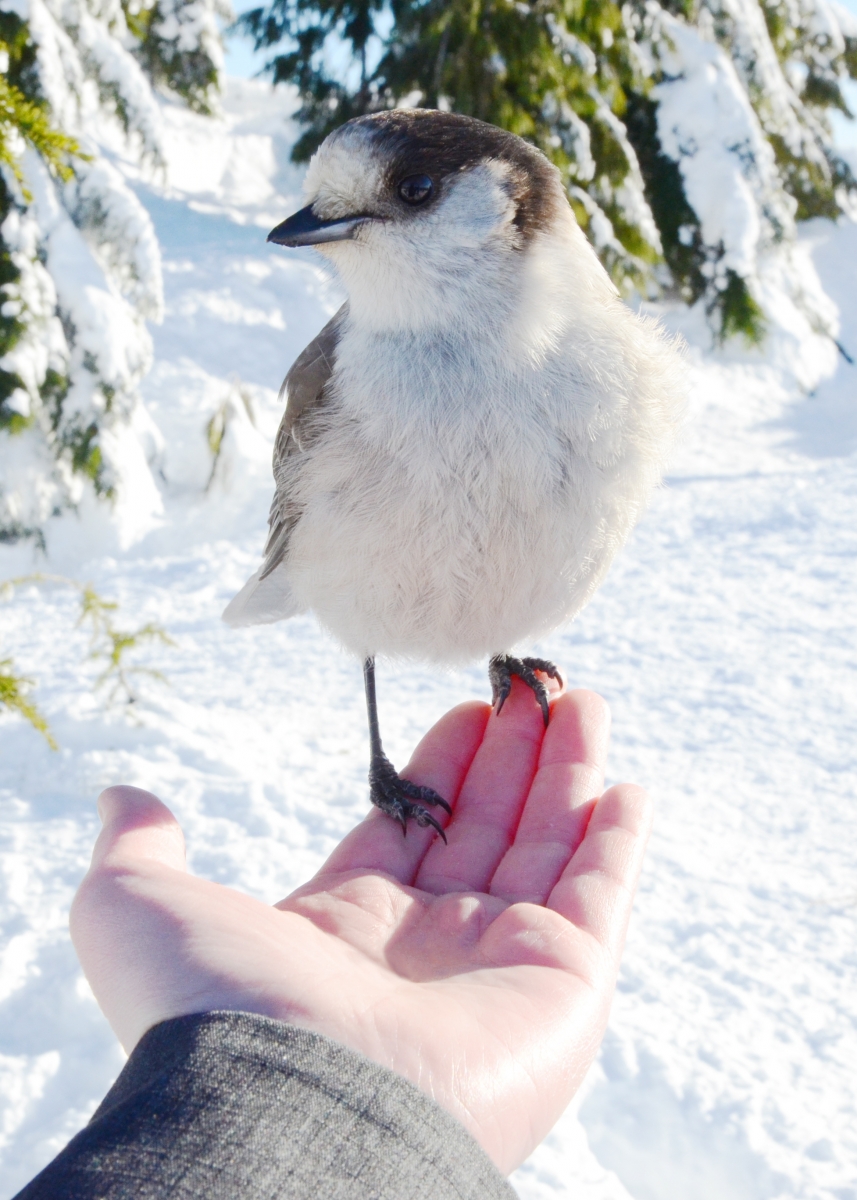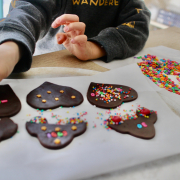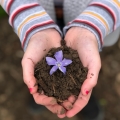
Editor's note: This resource was first published at a time when many were unable to spend time with family and friends over the hoidays however its message is as important as ever - reciprocity is a gift that can help us to feel joyful, grateful and more connected to others.
For many families, things look a little different this holiday season. Virtual holiday parties are in, while gatherings with extended family and friends are out. Staying local is a safer bet than travelling abroad. Holiday traditions in the public sphere have been cancelled or reimagined (hello, drive through holiday lights!).
While it is normal for us and our children to grieve what has been lost this year, there is much beauty and meaning to be found in a simpler holiday season. After all, the holidays are about so much more than the hustle and bustle of festive parties and boisterous gatherings. They are about reciprocity: giving and receiving the intangible, essential gifts of connection, gratitude, and joy.
We can offer the gifts of reciprocity to our loved ones by slowing down and savoring the experiences we share[2] this season, regardless of whether they take place virtually, socially distanced, or within arms’ reach.
We can also share the gifts of reciprocity by giving back to nature[3] and all our relations. In Indigenous cultures, reciprocity is viewed as a way of caring for relationships among humans and with the natural world and the cosmos. Many Indigenous people believe that the Earth nurtures and provides for us, and that we can create well-being in our relationships with humans, nature, mother earth, and father sky through gifts, gratitude, and right behavior.
The Coast Salish Potlatch system is one example of reciprocity with one another, as is the Anishinaabe teaching of giving away precious belongings when someone says they like something, because the relationship is more important than the material goods. Many Nations practice reciprocity through giving tobacco when harvesting plants, hunting animals, or receiving knowledge from an elder or through other ceremonial practices. Whether in relation to nature, the cosmos, or one another, through reciprocity, we aim to give out of appreciation for all that we receive.
As we enter the giving season, shifting our focus to reciprocity can help us notice how much good we receive[4] from the special people and places in our lives. Becoming aware of how fortunate we are can spark gratitude and generosity, leading us towards the joy of giving back.
Read on to learn 6 ways to find joy in reciprocity with nature this holiday season!
1. Hug a tree.
While you may not be able to wrap your arms around your loved ones this winter, you can hug a tree and send love their way[5].
2. Feed the birds.
Help our feathered friends survive the coldest months by making a festive bird seed and cranberry wreath or decorating an outdoor tree with edible decorations.
3. Build a snow cave[6].
Use it as a daytime play shelter for little ones, or sleep in it overnight with older kids for a memorable backyard (or backcountry) adventure.
4. Plant a winter wildflower garden.
Perennial wildflower seeds can be sown on frosty ground or even on top of the snow, and are a gift that keeps on giving when they bloom in early spring!
5. Make nature time a holiday tradition.
Create a new holiday ritual of going for a daily nature walk[7] or visiting a favourite natural location on a specific day, such as New Years day.
6. Go dog-sledding in Greenland.
Virtually, of course! Watch this dog-sledding video and engage with all of your senses (and a little imagination)[8]. If reindeer are more your thing, follow in the footsteps of Finland's last wild reindeer herders.
 During the holiday season and beyond, there are countless ways to bring the practice of reciprocity into children's human relationships as well. Giving without the expectation of receiving in return lies at the heart of reciprocity in both our close and distant relationships. Baking a yummy treat to share with a neigbour, helping set or clear the table without being asked, making art cards for a nearby seniors center, and donating canned food to their closest food banks are all ways children can show care and appreciation for relations near and far.
During the holiday season and beyond, there are countless ways to bring the practice of reciprocity into children's human relationships as well. Giving without the expectation of receiving in return lies at the heart of reciprocity in both our close and distant relationships. Baking a yummy treat to share with a neigbour, helping set or clear the table without being asked, making art cards for a nearby seniors center, and donating canned food to their closest food banks are all ways children can show care and appreciation for relations near and far.
Image credit: 1, 2, 3
- In a nature-based adaptation of loving-kindness meditation, tape a picture of a family member or friend to the trunk of a tree or visualize them standing in front of it.
- Silently or aloud, tell the tree what you would like to say to that loved one this time of year.
- Then wrap your arms around the trunk and imagine you are sending love and joy to the person you care about.
- Be sure to thank the tree for its participation in this practice too!
A quinzee (pronounced kwin-zee) is a type of snow shelter that is easy to build with any kind of snow. Young and old are sure to feel grateful for the snow's surprising ability to keep them warm!
When in nature, invite young people to reflect on how they feel. Encourage them to take or draw a picture of the natural scene or object that sparked these feelings. Noticing nature in this way is proven to boost kindness and feelings of connection!
In Indigenous cultures, reciprocity is a way of balancing relationships among humans and with the natural world. Many Indigenous people belive that the Earth nurtures and provides for us, and that we can create wellbeing in our relationships with humans and nature through "gifts, gratitude, and right behavior." Through reciprocity, we aim to give as much as we receive.
As we enter the giving season, shifting our focus to reciprocity can help us notice how much good we receive from the special people and places in our lives. Becoming aware of how fortunate we are can spark gratitude and generosity, leading us towards the joy of giving back.
Help little ones savor their interactions with loved ones by reflecting on reciprocity with 5 Activities for Holding Each Other Up, Inspired by Monique Gray Smith.
In a time when our social lives have been put on hold, the natural world offers a retreat from the pressures of the pandemic. Spending time in nature enhances our well-being in so many ways, such as by boosting our immune systems, promoting healing, strengthening feelings of connection, and fostering creativity.
Whether you find nature in a grassy boulevard in the city, a favourite tree in your backyard, or a vast forested wilderness, there is so much to be thankful for.
Help children observe mindfully by inviting them to notice:
- 5 things you can see
- 4 things you can hear
- 3 things you imagine you could feel if you were in the video
- 2 things you imagine you could smell
- 1 thing you imagine you could taste
Draw a picture or write a poem about how watching mindfully made you feel. Help little ones put words to their experiences by introducing vocabulary commonly linked to natural encounters, such as wonder, awe, curiousity, and inspiration.
According to acclaimed psychologist Rick Hanson, PhD, our brains are like velcro for negative experiences and teflon for positive ones. Dr. Hanson suggests that we can counter this innate "negativity bias" by paying attention to good experiences, really enjoying them in the moment, and imagining them becoming a part of us.
Use visualization to help positive experiences stick over the holidays:
- Invite children to visualize good experiences or pleasant feelings sinking into them and becoming a part of who they are
- For example, a child could imagine a jewel going into a treasure chest within their heart
- Use the 5 Heart-Mind Qualities to help children reflect on what part of their heart is being nurtured by the good experience or feeling





